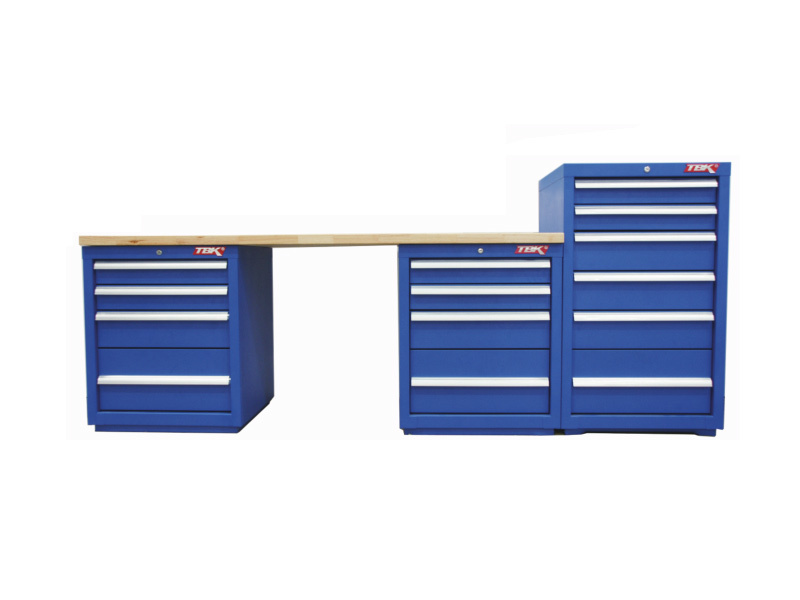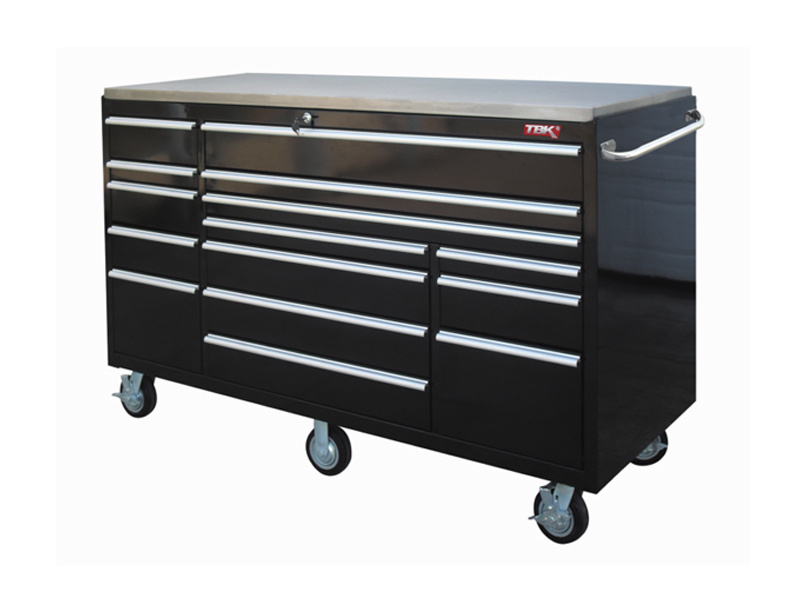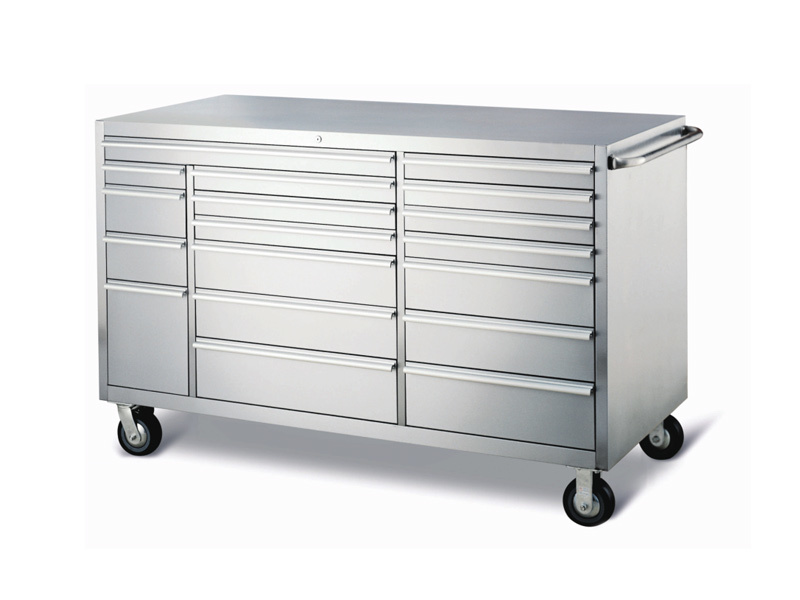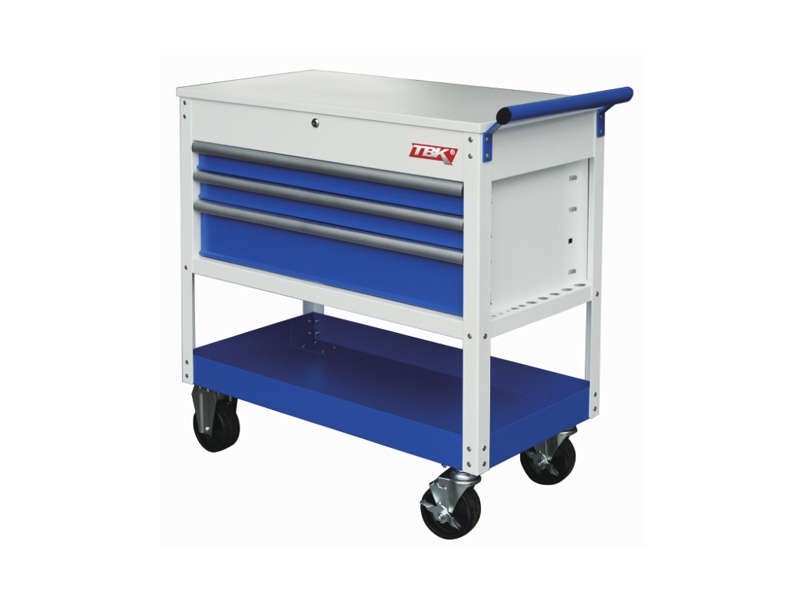The Ultimate Guide to Choosing Stainless Steel Tool Workbenches
Release time:
Feb 03,2025
The Ultimate Guide to Choosing Stainless Steel Tool Workbenches Table of Contents 1. Benefits of Stainless Steel Workbenches 2. Key Features to Consider When Choosing a Workbench 3. Types of Stainless Steel Tool Workbenches 4. Choosing the Right Size for Your Workspace 5. Maintenance and Care of Stainless Steel Workbenches 6. Customization Options for Your Workbench

The Ultimate Guide to Choosing Stainless Steel Tool Workbenches
Table of Contents
- 1. Benefits of Stainless Steel Workbenches
- 2. Key Features to Consider When Choosing a Workbench
- 3. Types of Stainless Steel Tool Workbenches
- 4. Choosing the Right Size for Your Workspace
- 5. Maintenance and Care of Stainless Steel Workbenches
- 6. Customization Options for Your Workbench
- 7. Budgeting for Your Stainless Steel Workbench
- 8. Frequently Asked Questions
1. Benefits of Stainless Steel Workbenches
Stainless steel tool workbenches offer a multitude of advantages that elevate your workspace efficiency and longevity. Here are some of the key benefits:
1.1 Durability and Strength
Stainless steel is renowned for its **robustness and resistance** to wear and tear. Unlike wood or plastic, stainless steel can withstand heavy loads without warping or cracking. This makes it an ideal choice for professionals who require a reliable surface for their tools and projects.
1.2 Resistance to Corrosion and Chemicals
One of the standout features of stainless steel is its **corrosion resistance**. It can endure exposure to moisture and various chemicals without rusting. This is particularly crucial in environments such as laboratories, kitchens, or factories where spills are common.
1.3 Easy to Clean and Maintain
The non-porous surface of stainless steel simplifies cleaning. A simple wipe down with a cloth and an appropriate cleaner can keep your workbench looking as good as new. This hygienic quality is especially important in sectors dealing with food or medical supplies.
1.4 Aesthetic Appeal
Stainless steel workbenches impart a **modern and professional look** to any workspace. Their sleek design is visually appealing and can enhance the overall atmosphere, whether in a workshop or a commercial kitchen.
2. Key Features to Consider When Choosing a Workbench
When selecting a stainless steel tool workbench, certain features can significantly impact functionality and usability.
2.1 Weight Capacity
Consider the **weight capacity** of the workbench. Depending on your needs, you may require a bench that can hold several hundred pounds. Make sure to check the specifications to ensure it meets your requirements.
2.2 Surface Dimensions
The size of the work surface is crucial. It should accommodate your projects comfortably without feeling cramped. Measurements such as length, width, and height should align with your workspace.
2.3 Storage Options
Built-in storage solutions, such as drawers and shelves, can enhance the organization of your tools. Look for workbenches with various storage options to keep your tools accessible but out of the way.
2.4 Mobility Features
If you need to move your workbench frequently, consider a model with **wheels or casters**. This feature can add versatility to your workspace, allowing you to reposition your bench as necessary.
3. Types of Stainless Steel Tool Workbenches
Understanding the different types of stainless steel tool workbenches will help you choose the right one for your applications.
3.1 Fixed Workbenches
These benches are stationary and typically offer greater stability. They are designed for permanent setups and can support heavy machinery or tools without the risk of shifting.
3.2 Mobile Workbenches
Equipped with wheels, mobile workbenches provide flexibility. They are ideal for environments where workspace needs frequently change. They offer the same durability as fixed benches without compromising ease of movement.
3.3 Adjustable Height Workbenches
These benches allow users to modify the height, providing comfort for various tasks. This feature is essential for those who work long hours and require ergonomic solutions.
3.4 Specialty Workbenches
Some workbenches come with specific features tailored for particular tasks, such as a **welding bench** or an **electrical workbench**. These often include additional functionalities that cater to specialized needs.
4. Choosing the Right Size for Your Workspace
Selecting the appropriate size for your stainless steel workbench is vital for optimizing your workspace.
4.1 Measuring Your Space
Begin by measuring the available space in your workshop or garage. Consider not just the area where the workbench will sit but also the space required for movement and operation of tools.
4.2 Evaluating Your Needs
Think about the type of projects you’ll be working on. Larger tasks may require a more expansive surface area, whereas smaller tasks might only need a compact bench.
4.3 Considering Future Expansion
Anticipate future projects that might require additional space. It’s wise to select a workbench that accommodates growing needs without requiring an immediate upgrade.
5. Maintenance and Care of Stainless Steel Workbenches
Proper maintenance will extend the life of your stainless steel workbench significantly.
5.1 Regular Cleaning Practices
Establish a routine cleaning schedule. Use mild cleaning agents and soft cloths to wipe down the surface, removing dirt, grease, and other residues.
5.2 Dealing with Stains
For tougher stains, a paste of baking soda and water can be an effective solution. Gently scrub the area, rinse, and dry thoroughly.
5.3 Preventing Scratches
Avoid using abrasive materials on the surface. Additionally, consider placing mats or pads under tools that may scratch the surface.
6. Customization Options for Your Workbench
Many manufacturers offer customization options that allow you to tailor the workbench to your specific needs.
6.1 Adding Accessories
You can enhance functionality by adding accessories such as tool holders, bench vises, and power strips. These features can make your workbench more versatile.
6.2 Choosing Paint and Finish
While stainless steel often comes with a standard finish, some manufacturers provide options for custom finishes. This can help match your workspace aesthetics.
6.3 Integrating Technology
Consider workbenches that offer built-in electrical outlets or USB ports, allowing for seamless integration of your tools and devices.
7. Budgeting for Your Stainless Steel Workbench
Establishing a budget ensures you find a workbench that meets your needs without overspending.
7.1 Assessing Cost Factors
Price can vary based on size, features, and brand. Consider what features are non-negotiable versus those that are optional.
7.2 Researching Brands and Models
Take time to research different brands and models to find the best value. Look for customer reviews and ratings to gauge long-term satisfaction.
7.3 Investing for the Long Term
While it may be tempting to choose a cheaper option, investing in a quality stainless steel workbench can save money in the long run through durability and reduced maintenance.
8. Frequently Asked Questions
8.1 What is the best thickness for a stainless steel workbench?
A thickness of at least 16-gauge is often recommended for durability and strength. Thicker options may be available for heavier applications.
8.2 Can stainless steel workbenches be used outdoors?
While stainless steel is resistant to rust, prolonged exposure to the elements can still lead to tarnishing. It's best to use outdoor-approved models if your workbench will be outside.
8.3 How much weight can a stainless steel workbench hold?
This varies by model, but most quality stainless steel workbenches can hold anywhere from 300 to 1,000 pounds, depending on their design and construction.
8.4 Are there any eco-friendly options for stainless steel workbenches?
Yes, many manufacturers offer eco-friendly models that focus on sustainable practices in production and materials.
8.5 How do I prevent scratches on my stainless steel workbench?
Avoid abrasive cleaners and tools. Use mats or pads to protect the surface from heavy tools and machinery.
Conclusion
Choosing the right stainless steel tool workbench is crucial for enhancing productivity and efficiency in your workspace. By understanding the benefits, key features, types, and maintenance needs, we hope to have provided a comprehensive guide that empowers you to make an informed decision. Whether you're a professional tradesperson or a DIY enthusiast, investing in a quality stainless steel workbench will undoubtedly elevate your work experience. With thoughtful consideration and planning, you can create an organized, efficient, and aesthetically pleasing workspace tailored to your unique needs.
More information




